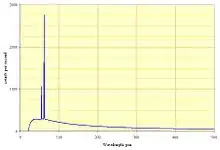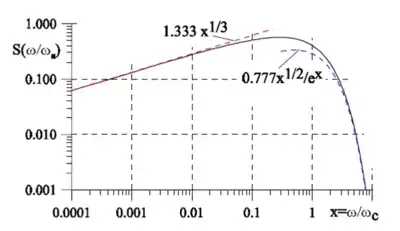I was struggling today with this question: does a free photon have a continuous energy spectra?
Free means in no context of any energy system (eg. an atom, em field). Although I'm asking myself if the quantization of the electromagnetic field is omnipresent and will always make the energy discrete?
Edit: This leads me also to the question: if we have 2 energy levels (like in hydrogen: ground state and first excited) the uncertainty principle tells us, that the energy isn't quite exact defined: $\Delta E\Delta t \ge \hbar$ . Therefore the final energy of the emitted photon won't have a discrete energy, since it would be sth. like $E_{photon} = E_{0} + \Delta E$ ?!


